How do we define work, less abstractly, so we can maximize our time for the things we value outside of our jobs?
For us, defining work with a catchy “4 Hour Work Week” just isn’t ideal. We’re always working, brainstorming or prepping for the next task, even in our down time—because we’re passionate about what we do and we enjoy it. We’re not fatigued, but it’s all encompassing and we need to find ways to incorporate balance. We all do, now more than ever.
In the middle of a pandemic, no one is shaking their head saying, “I’ve hit my stride, this is doable long-term” so we don’t have a lot of advice here. In fact, everyone is pushing harder than ever, finding ways to be more efficient. And, realizing if they are going to be remote for the long-term, they need to understand boundaries better than before COVID.
So, instead of finding ways to shut off, how do we get more effective at reaching our audiences and meeting their communication preferences? More to the point, how do we maximize our efforts?
In searching for practical steps I came across an article online, “6 Steps to Human, Personalize and Maximize Your Employee Comms,” https://www.prdaily.com/6-steps-to-humanize-personalize-and-maximize-your-employee-comms/?utm_source=RDH&utm_medium=email&utm_campaign=RDH+(2021-09-27)&utm_content=article+title&utm_term=4&oly_enc_id=9918C5599389G3T. I thought it was interesting from a macro perspective.
Here’s a few key takeaways, you likely know them, but let’s make it more practical than just reading them.
-“Tailoring communications to individual(s) employees and delivering personalized and empathetic content to the right person, at the right time, and on the platform of their choice” is the ideal.
-“Your strategy should be built around employees’ specific needs, particularly when it comes to format and delivery,” because everyone has their own method for receiving information and that has very likely changed over the course of the pandemic. We’re using different virtual platforms, social platforms and methods of communication than we used to.
-“We don’t need to tell you how overloaded inboxes are, and video calls are burning people out. Experiment with alternatives to give your employees a break from overused channels, and offer more flexibility in how and when they consume the information,” for example, give video content, podcasting, live chats and safe in-person interaction a try.
Most importantly, communicators, be flexible. Welcome change, especially these days. The landscape is different than it used to be. What new tactics are you trying? What tweak are you willing to make or technology are you willing to adopt to further your messaging?
Expect that your clients will have different needs than before and learn to help walk them through changes. We’re navigating a precarious time and how we adapt will tell us a lot about our own flexibility.
Make it a time of growth, I think you’ll look back and be grateful for the changes you’ve made. That’s usually how difficult situations end, with the realization that it was necessary to get the work done and that by being nimble you’ve gained skills you didn’t know you needed. We’re cheering for you!
